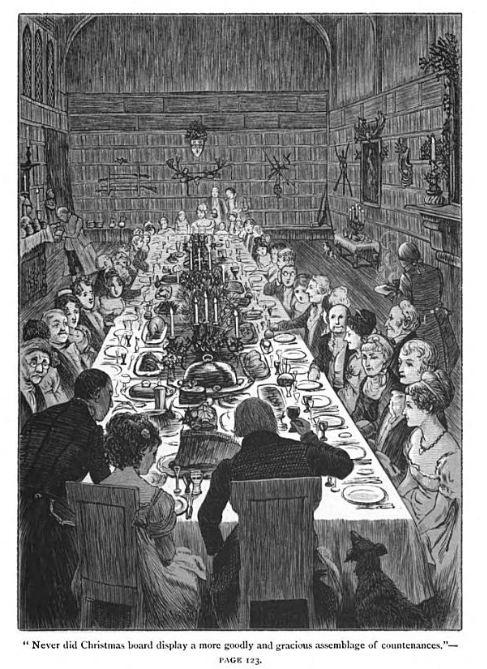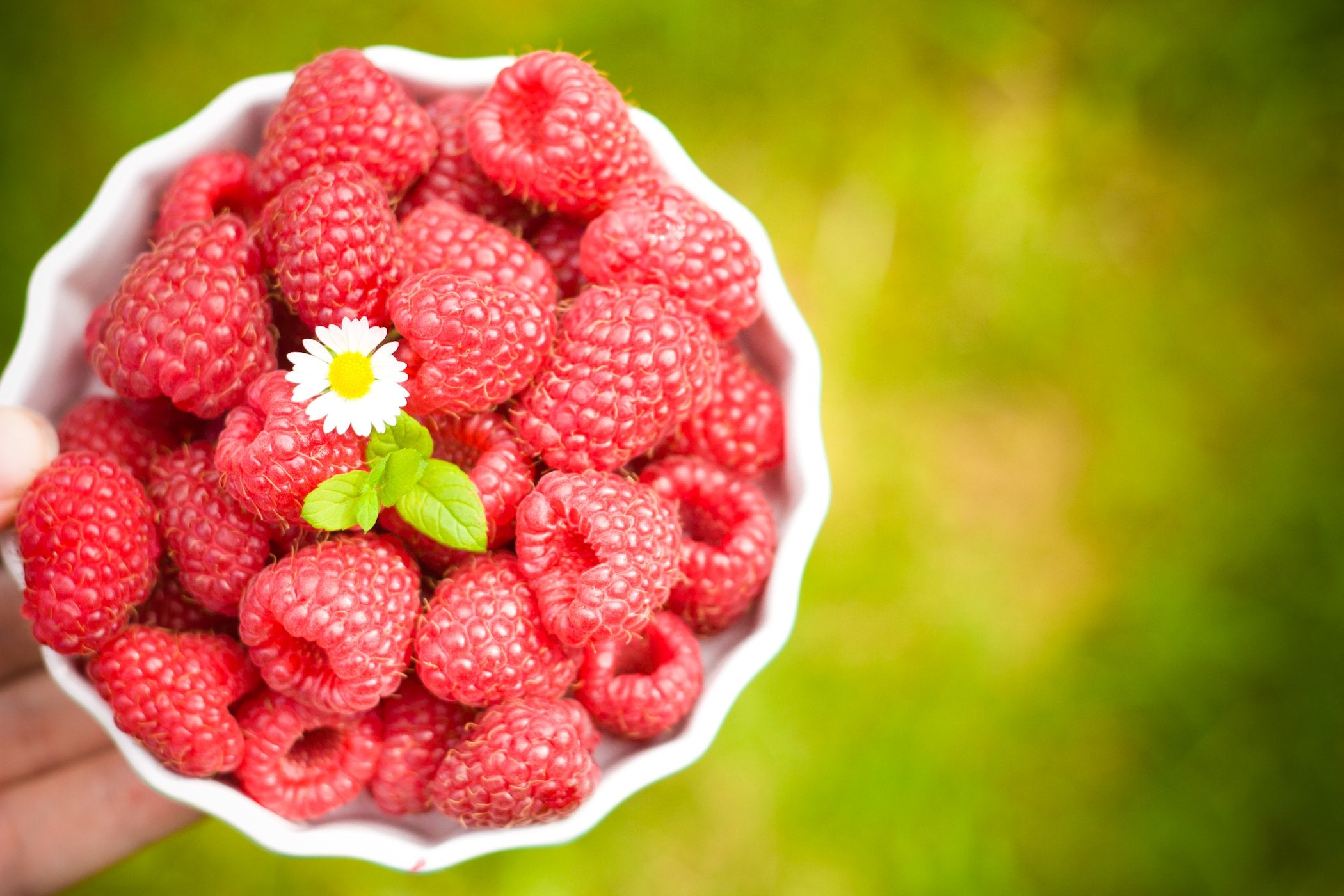A Passion for Hot Chocolate
A Brief History of Hot Chocolate - And Top Variations to Try!
"l thought I should have been in time," said he, "but cocoa takes a great deal of boiling."
"l am much obliged to you," replied Charlotte. "But I prefer tea."
"Then l will help myself," said he. "A large dish of rather weak cocoa every evening agrees with me better than anything."
lt struck her, however, as he poured out this rather weak cocoa, that it came forth in a very fine, dark-coloured stream; and at the same moment, his sisters both crying out, "Oh, Arthur, you get your cocoa stronger and stronger every evening," with Arthur's somewhat conscious reply of "Tis rather stronger than it should be tonight" -Sanditon, by Jane Austen, 1817
Jane Austen prepared hot cocoa for her family for breakfast. In Northanger Abbey, General Tilney enjoys it in the morning, as well, oblivious to his guests. Arthur Parker, an imaginary invalid in Sanditon, is nearly found out through his love of it. Chocolate has been for ages, one of the most beloved of all dessert and baking products. It did not, however, attain it’s recognizable form until the mid 1800’s. How then was it used before the invention of cocoa powder? 
Cocoa first arrived in Europe in 1528. The original hot cocoa recipe was a mixture of ground cocoa beans, water, wine and peppers. When the Spanish first brought chocolate back to Europe from the new world, it was served as a beverage, though the ingredients underwent a historic change: the chili pepper was replaced by sugar. After being introduced in England in 1652, milk was added to create an after dinner treat.
The new, sweetened, chocolate beverage was a luxury few could afford, but by the 17th century the drink was common among European nobility. In England, which was somewhat more egalitarian than the rest of Europe, chocolate was more widely available. Those who could afford it could enjoy chocolate drinks in the new coffee and chocolate houses of London. A few of the more famous were the Cocoa Tree Chocolate House (which served guests from 1799 to the early 19th c.) and Whites, which began it’s career as a Chocolate House before becoming a private club.
Coffee and Chocolate Houses, like today’s Starbucks and other such establishments, were popular places to drink with friends and talk politics or gossip. Each faction had their favorite spot and many were known by name as meeting houses for various political parties. While all of these establishments sold most beverages (coffee, chocolate, cider, coffee and tea, etc.)
Coffee house customers who were less than affluent had to think of their purses: chocolate was dearer than coffee, but tea was the most expensive of them all. Coffee provided the most stimulation for the least outlay, which is probably why these were "coffee-houses" rather than "chocolate-houses".
In the 18th c. Cocoa powder for making hot chocolate was created in factories. There, workers would roast the beans in a cauldron, winnow to release inner nib , break nib in a mortar and a final grinding on the surface of a heated table. Once this had been done, the powder was able to be used. Creating it at home took time, skill and a special pot. The chocolate pot, looking like a small samovar stood on legs so that a heat source could be placed beneath it. Ingredients (milk, cocoa powder or chocolate, flavorings, and whatnot) were melted together, stirred from the top, by a whisk, poured out and, if served in a shop, whipped to a froth and drunk from tall chocolate cups which were meant to slow the cooling.
By 1828, the first cocoa powder producing machine had been developed, which generated a less acidic, processed cocoa. The new form of cocoa was easier to blend with warm milk or water. Today, there are two types of warmed chocolate drinks. Hot cocoa is the less fattening variety, made with milk and real chocolate. Hot chocolate is a velvety textured drink, made with various spices or liqueurs.
Spiced Hot Chocolate
2 cups water
1/4 cup sugar
1 strip lemon peel 1" by 2"
1 3" cinnamon stick
pinch of ground cloves
1/4 cup cocoa powder
1tsp vanilla
1/2 cup heavy cream
Heat the first 5 ingredients to boiling, reduce heat simmer 3 min. Remove from heat whisk in cocoa and vanilla until foamy.Strain into warmed cups. Top with whipped cream. When using real milk in your hot cocoa, never overheat. Overheating milk destroys the flavor and texture. Milk temperature should never exceed 170-degrees.
Powdered Hot Cocoa Tricks
Enhance your packaged cocoa for a truly gourmet treat:
- Add freshly grated cinnamon to the bottom of the cup before pouring in cocoa mixture and water. Stir thoroughly and garnish with whipped cream or a cinnamon stick.
- Add a drop of vanilla to the water as it's heating. Garnish with whipping cream.
- Add a dash of nutmeg to the powdered cocoa before adding water.
- Stirring your cocoa with a candy cane will create a festive and delicious peppermint drink.



1 comment
[…] Heat the first 5 ingredients to boiling, reduce heat simmer 3 min. Remove from heat whisk in cocoa and vanilla until foamy. Strain into warmed cups. Top with whipped cream. From: https://www.janeausten.co.uk/a-passion-for-hot-chocolate/ […]
Making Drinking Chocolate the Regency Way ~ Random Bits of Fascination
Leave a comment
This site is protected by hCaptcha and the hCaptcha Privacy Policy and Terms of Service apply.